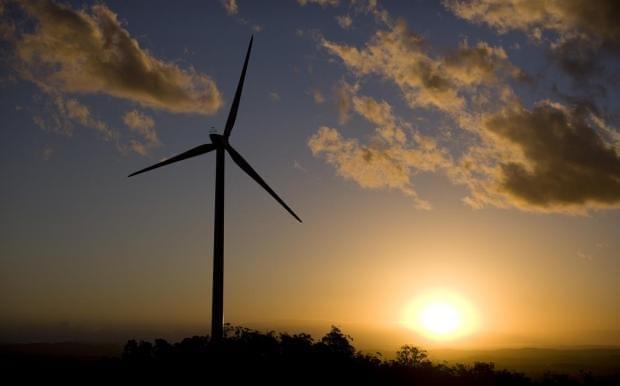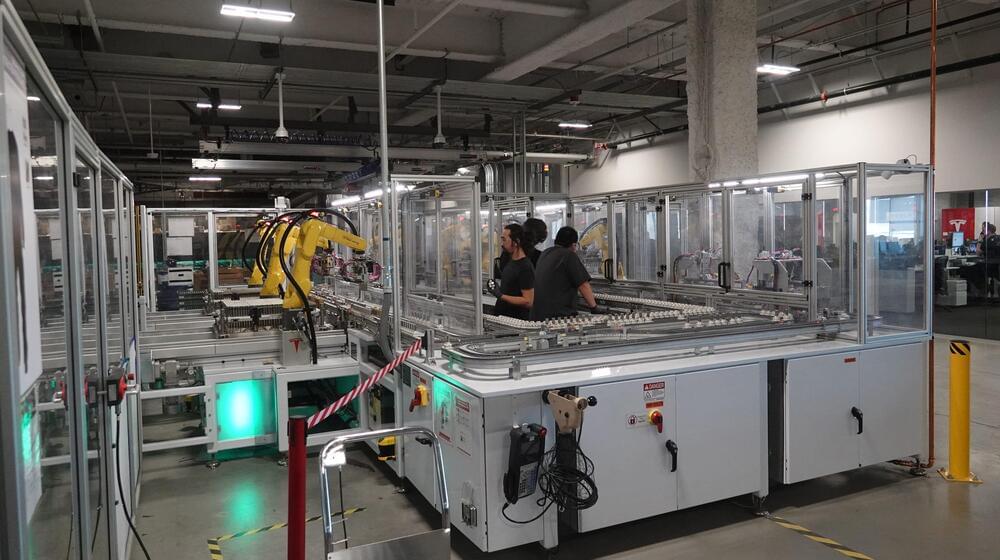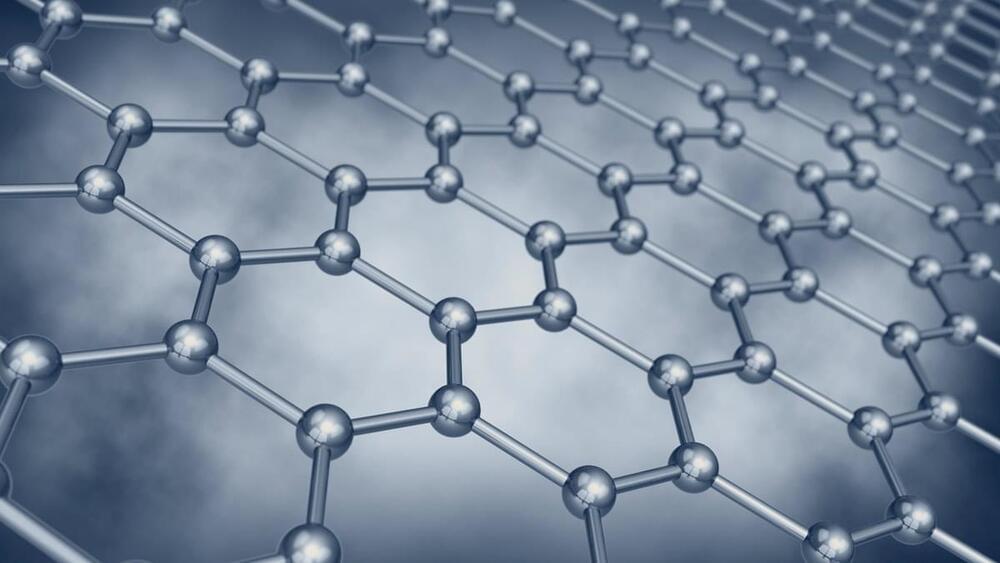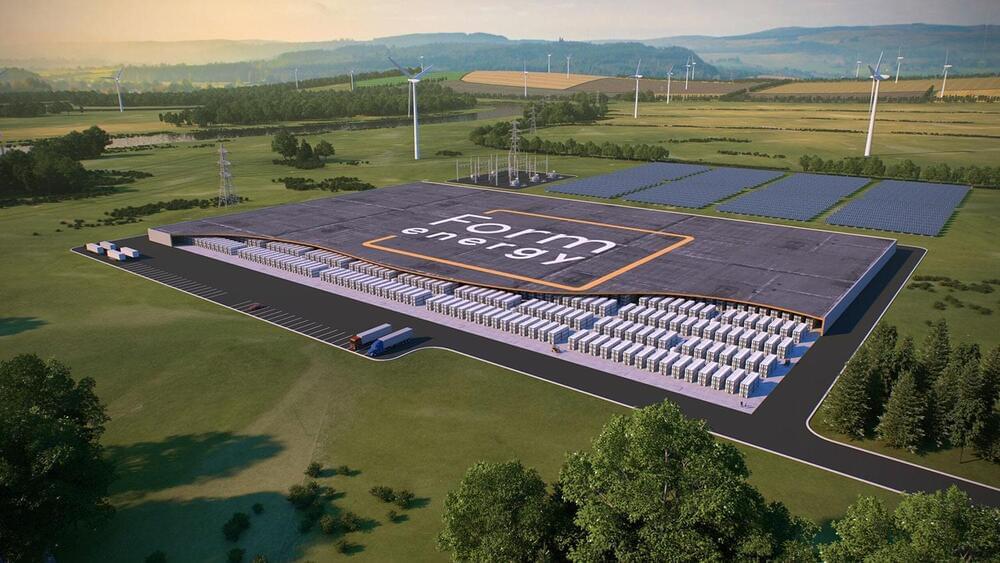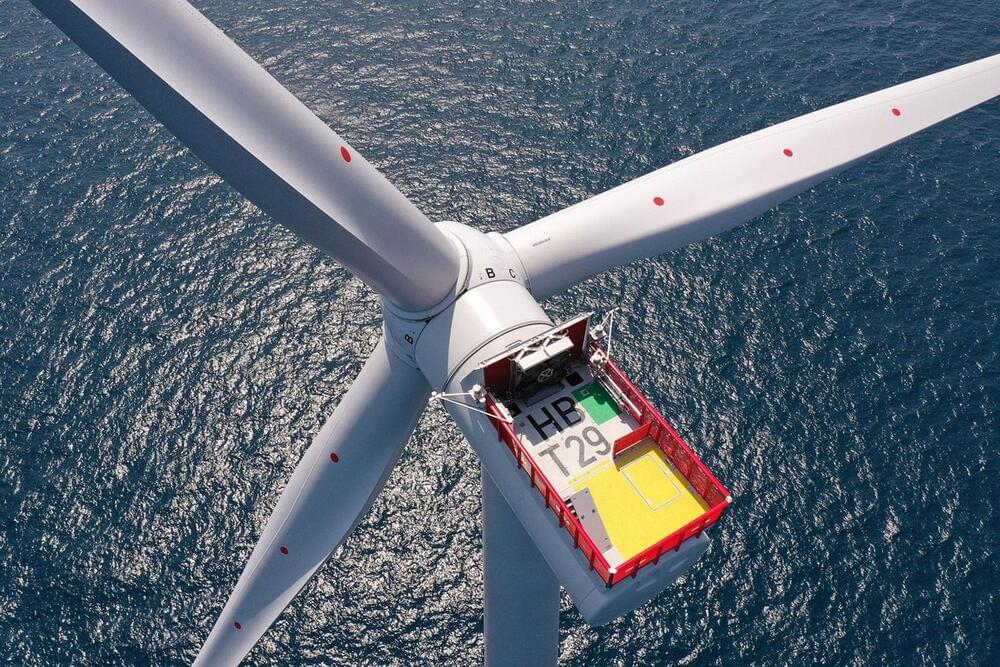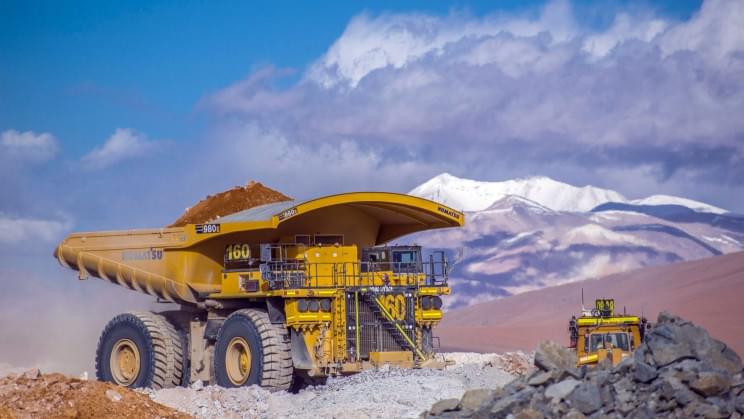Whether or not a $15 million gift is truly equivalent to $1 billion is up for debate, but there is no doubt that Scott is single handedly upending the model of how billionaires give away fortunes while supporting causes that look to disrupt the status quo and promote social justice. She is also questioning the system that put her into this position of power. “We are all attempting to give away a fortune that was enabled by systems in need of change,” she said this summer.
The third richest woman on the planet, MacKenzie Scott (Jeff Bezos’s ex-wife) is using her vast fortune to revolutionize the world of philanthropy and challenge what she says is the massive accumulation of wealth that’s been concentrated in too few hands.



